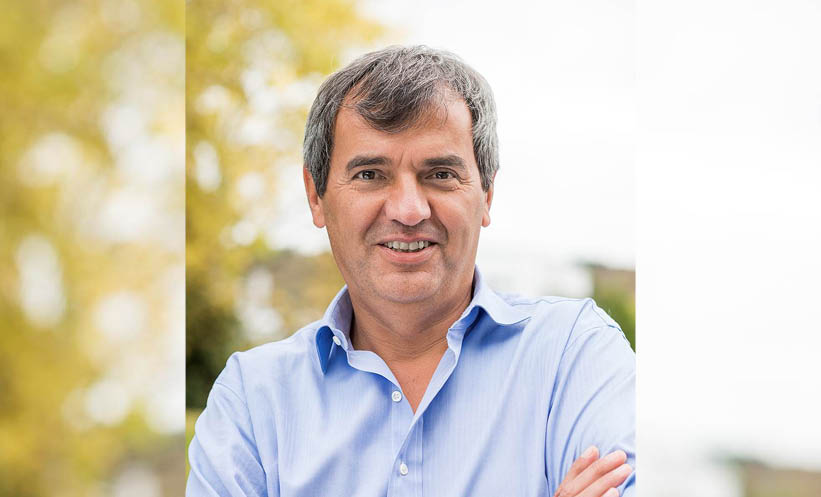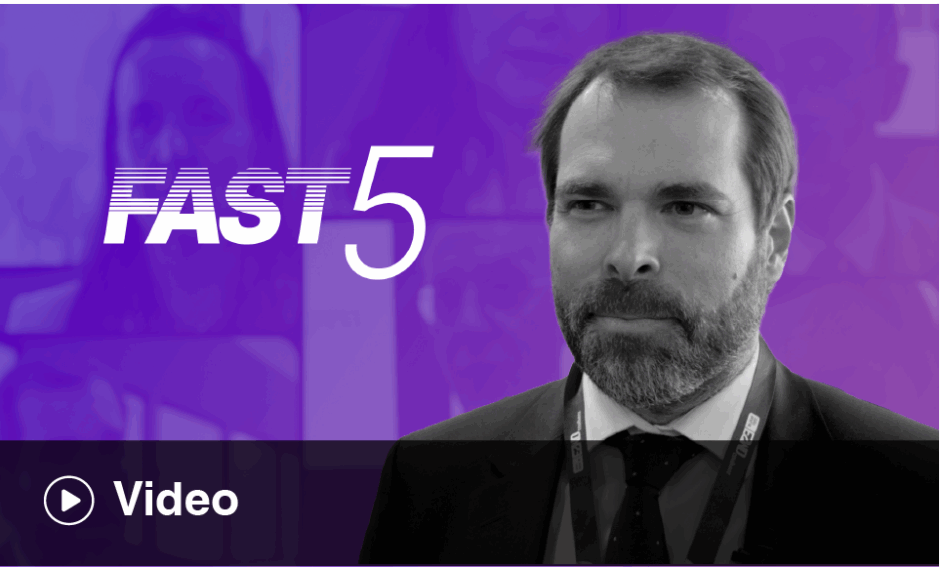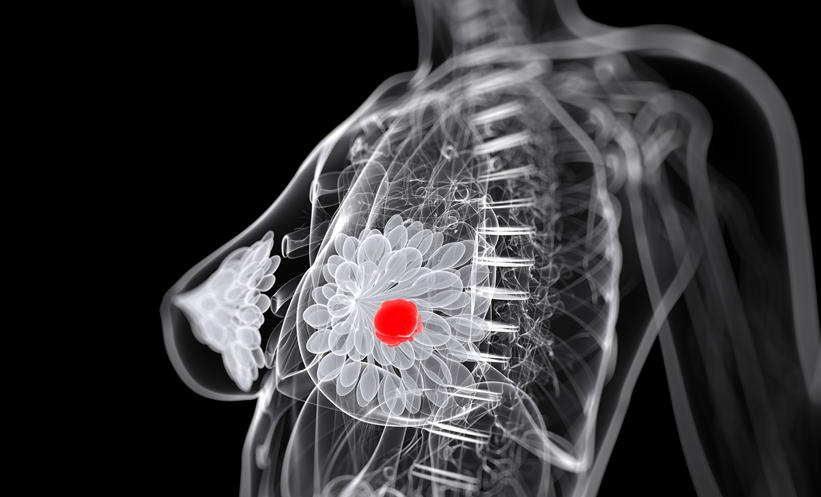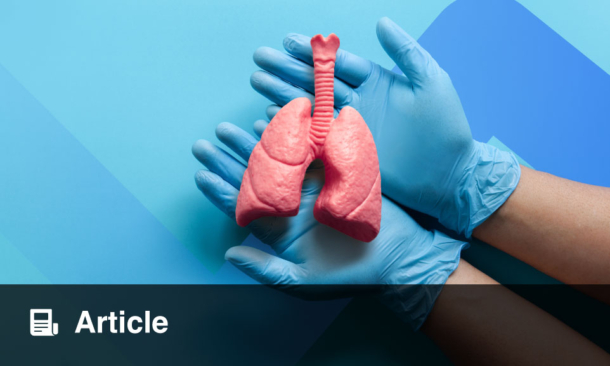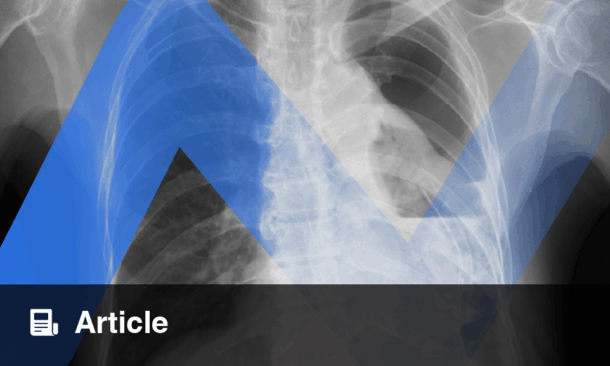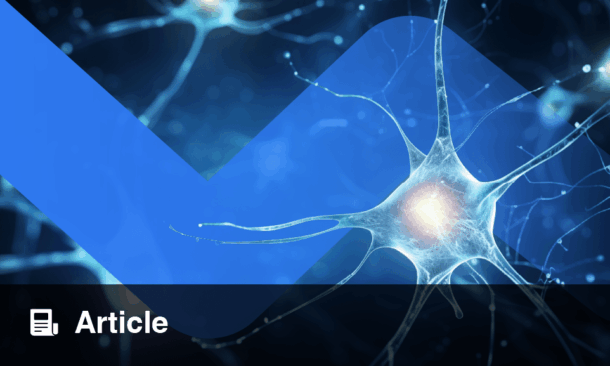An Interview with Global Head of Oncology Research and Development: Dr Antoine Yver
![]()
Written by James Coker | Reporter, European Medical Journal | @EMJJamesCoker
Disclosure: This is a non-commercial feature, although the European Medical Group has been in commercial agreements with Daiichi Sankyo Europe GmbH.
![]()
In Part 1 of our interview with Dr Antoine Yver, Global Head of Oncology Research and Development, we discussed topics surrounding the culture of the company and the strategies they employ to create innovative new treatments in areas of unmet need. In Part 2 below, we move onto the science being developed, and the innovations that have and are taking place.
Antibody Drug Conjugates
So how have these unique approaches and values translated into treatment advances? The biggest of these advances in the view of Dr Yver has been the thorough re-engineering of Antibody Drug Conjugate (ADC) technology, and this work is now starting to bear fruit in terms of creating new treatments for a number of cancers, including in areas of unmet need. While the technology has been around for many years, it had previously not delivered many products relative to time and expense put in by pharma companies.
Re-engineering Process
ADCs work by delivering cytotoxic chemotherapy directly to cancer cells, and so are very targeted, designed to spare healthy cells unlike in chemotherapy. It is complex, consisting of three essential components: a monoclonal antibody, a cytotoxic chemotherapy payload, and a linker joining the two together. Over a number of years, seven characteristics were changed by Daiichi Sankyo scientists, re-engineering these three components. The extent of this re-engineering process is indicative of the Japanese culture and science, according to Dr Yver; not merely being satisfied with one or two changes and instead reviewing every single aspect of the technology.
Adaptations
Outcomes from these adaptations included ensuring the payload is highly divisible in the tumour, enabling it to go from cell-to-cell, killing one before moving onto the next one and so on. “The reason why it treats HER2 expression tumours is because it goes cell by cell,” commented Dr Yver. They further adapted the payload to ensure it would not be toxic when it leaks in the blood. Another example of the innovative work on the ADC technology was on the linker, enabling it to be cleaved by enzymes that are overexpressed in cancer cells. “This means in normal tissue it is less likely to be cleaved because of these enzymes and less likely to be expressed; it’s not completely selective but there’s a degree of selectivity here,” he explained.
Promising Treatments
This re-engineered technology is now starting to lead to promising new potential treatment options, particularly in the targeting of HER2-expressing cancers (HER2 ADC), often in gastric, colorectal, and breast cancer. Recently for example, the company published updated Phase I safety and efficacy data for DS-8201, an investigational HER2-targeting ADC in patients with HER2-expressing gastric cancer previously treated with trastuzumab and chemotherapy.1 The results were very promising, with a confirmed overall response rate of 45.5% and a disease control rate of 81.8%. They have now initiated a Phase II study of DS-8201 in patients with advanced HER2-overexpressing or HER2-mutated non-squamous non-small cell lung cancer.2 “The flagship of the technology is the HER2 ADC, which is 2 years in clinical development and continues to deliver results which are almost unheard of in terms of the frequency of responses, the duration of responses, the fact it reaches not only the higher HER2 expression but the lower HER2,” explained Dr Yver. “And it’s a drug which probably redefines HER2 as a target, so if you can target HER2 regardless of the level of expression, then you’re moving from 20% of breast cancers to 70% of breast cancers being amenable to a HER2-targeted therapy; it’s massively transformational.”
HER3-Targeted Drug
Dr Yver also informed us that results of the work of Daiichi Sankyo in developing an HER3-targeted ADC called U3-1402. In preliminary Phase I data for U3-1402 in patients with HER-3-expressing breast cancer that was presented at the 2018 American Society of Clinical Oncology (ASCO) Annual Meeting, there was a 47% confirmed overall response rate and a 94% disease control rate.3 With HER3 frequently expressed in a number of tumours, such as in lung, breast, and bladder cancers, this drug could have a major impact in the future.4
Cancer Enterprise
We went on to discuss the Daiichi Sankyo Cancer Enterprise. Comprised of three pillars: the Antibody Drug Conjugate Franchise, Acute Myeloid Leukemia Franchise, and Breakthrough Science Franchise, the enterprise aims to deliver seven distinct molecular entities over 8 years from 2018–2025. While this seems like an ambitious target, it is clear things are progressing well.5 Dr Yver told us of the company’s commitment to submit two drugs for approval over the next few months, one being pexidartinib to treat non-metastatic tumours; this works by selectively inhibiting the receptors tyrosine kinase of CSF-1R/Kit/Flt3-ITD.6 Another is one of many of new treatments being developed for acute myeloid leukaemia (AML); this is quizartinib, and the recently published QuANTUM-R Phase III trial showed this drug significantly prolongs overall survival compared with chemotherapy in patients with relapsed/refractory AML with FLT3-ITD mutations.7 Then there is of course the aforementioned research and development in ADCs, with Dr Yver informing us that there are four others being worked on in addition to DS-8201 and U3-1402. He added: “So when you look at it, it does not seem unrealistic to be able to deliver seven drugs in 8 years; we already have two lined up, and I have my eyes on two more. So it’s ambitious but honestly it’s credible, I believe we will do it, I really do.”
Future Developments
With the stated aim of meeting current unmet needs through innovative new treatments, there are unsurprisingly some particularly intriguing and exciting areas Daiichi Sankyo is currently working on. One of these involves utilising the ADC technology even further, creating a form of ADC substantially more potent than chemotherapy. Because of their toxicity, the targeting of cancer cells will need to be even more precise than it currently is. Another is the development of treatments that target the RAS gene. Despite mutations in RAS shown to be heavily implicated in cancers (90% of pancreatic cancers, 50% of colorectal cancers, and 30% of all lung cancers),8 so far the development of treatments targeting mutations in the gene has proved elusive. However, Daiichi Sankyo are determined to tackle this unmet need. “It may take us 5 years, 7 years, but we will solve that problem. So it’s a big problem, a big need; this is what we’re really good at,” Dr Yver elucidated.
It was fascinating to talk to Dr Yver about Daiichi Sankyo’s approach to research and development, and what has made their scientific and innovative capacity so strong. It is also clear that there are many more unique and innovative products in the pipeline, and we will be looking out for their development in the coming years!
REFERENCES
- Daiichi Sankyo. Daiichi Sankyo Presents Updated Data for DS-8201 in Patients with HER2-Expressing Gastric Cancer at ASCO 2018 Gastrointestinal Cancers Symposium. 2018. Available at: https://www.daiichisankyo.com/media_investors/media_relations/press_releases/detail/006778.html. Last accessed: 1 June 2018.
- Daiichi Sankyo. Daiichi Sankyo Initiates Phase 2 Study of DS-8201 in Patients with Advanced HER2-Overexpressing or HER2-Mutated Non-Squamous Non-Small Cell Lung Cancer. 2018. Available at: https://www.daiichisankyo.com/media_investors/media_relations/press_releases/detail/006859/180531_831_E.pdf. Last accessed: 18 June 2018.
- Daiichi Sankyo. Daiichi Sankyo Presents Preliminary Phase 1 Data for Antibody Drug Conjugate U3-1402 in Patients with HER3-Expressing Breast Cancer at 2018 American Society of Clinical Oncology (ASCO) Annual Meeting. 2018. Available at: https://www.daiichisankyo.com/media_investors/media_relations/press_releases/detail/006861/180601_832_E2.pdf. Last accessed: 18 June 2018.
- Daiichi Sankyo. ADC Franchise. Available at: http://dsi.com/adc-franchise. Last accessed: 1 June 2018.
- Daiichi Sankyo. Daiichi Sankyo Cancer Enterprise. Available at: https://www.daiichisankyo.com/rd/pipeline/cancer/index.html. Last accessed: 1 June 2018.
- Daiichi Sankyo. Late-stage Products. Available at: https://www.daiichisankyo.com/rd/pipeline/products/index.html. Last accessed: 1 June 2018.
- Daiichi Sankyo. Daiichi Sankyo Announces Single Agent Quizartinib Significantly Prolongs Overall Survival Compared with Chemotherapy in Patients with Relapsed/Refractory AML with FLT3-ITD Mutations (QuANTUM-R Study). 2018. Available at: https://www.daiichisankyo.com/media_investors/media_relations/press_releases/detail/006846.html. Last accessed: 1 June 2018.
- Oncology Central. Targeting RAS mutations with combination therapy. 2017. Available at: https://www.oncology-central.com/2017/06/07/targeting-ras-mutations-combination-therapy/. Last accessed: 1 June 2018.

